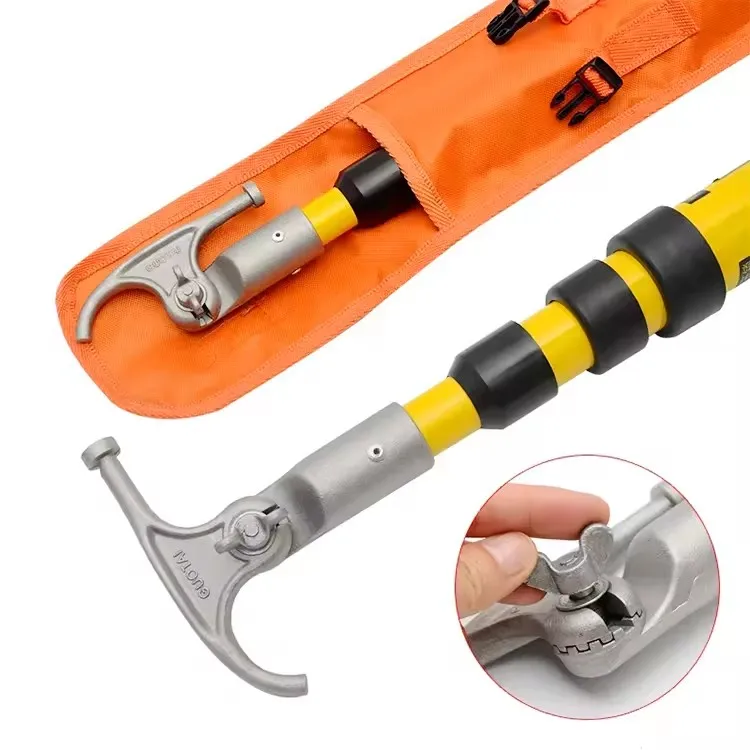
-
 Afrikaans
Afrikaans -
 Albanian
Albanian -
 Amharic
Amharic -
 Arabic
Arabic -
 Armenian
Armenian -
 Azerbaijani
Azerbaijani -
 Basque
Basque -
 Belarusian
Belarusian -
 Bengali
Bengali -
 Bosnian
Bosnian -
 Bulgarian
Bulgarian -
 Catalan
Catalan -
 Cebuano
Cebuano -
 Corsican
Corsican -
 Croatian
Croatian -
 Czech
Czech -
 Danish
Danish -
 Dutch
Dutch -
 English
English -
 Esperanto
Esperanto -
 Estonian
Estonian -
 Finnish
Finnish -
 French
French -
 Frisian
Frisian -
 Galician
Galician -
 Georgian
Georgian -
 German
German -
 Greek
Greek -
 Gujarati
Gujarati -
 Haitian Creole
Haitian Creole -
 hausa
hausa -
 hawaiian
hawaiian -
 Hebrew
Hebrew -
 Hindi
Hindi -
 Miao
Miao -
 Hungarian
Hungarian -
 Icelandic
Icelandic -
 igbo
igbo -
 Indonesian
Indonesian -
 irish
irish -
 Italian
Italian -
 Japanese
Japanese -
 Javanese
Javanese -
 Kannada
Kannada -
 kazakh
kazakh -
 Khmer
Khmer -
 Rwandese
Rwandese -
 Korean
Korean -
 Kurdish
Kurdish -
 Kyrgyz
Kyrgyz -
 Lao
Lao -
 Latin
Latin -
 Latvian
Latvian -
 Lithuanian
Lithuanian -
 Luxembourgish
Luxembourgish -
 Macedonian
Macedonian -
 Malgashi
Malgashi -
 Malay
Malay -
 Malayalam
Malayalam -
 Maltese
Maltese -
 Maori
Maori -
 Marathi
Marathi -
 Mongolian
Mongolian -
 Myanmar
Myanmar -
 Nepali
Nepali -
 Norwegian
Norwegian -
 Norwegian
Norwegian -
 Occitan
Occitan -
 Pashto
Pashto -
 Persian
Persian -
 Polish
Polish -
 Portuguese
Portuguese -
 Punjabi
Punjabi -
 Romanian
Romanian -
 Russian
Russian -
 Samoan
Samoan -
 Scottish Gaelic
Scottish Gaelic -
 Serbian
Serbian -
 Sesotho
Sesotho -
 Shona
Shona -
 Sindhi
Sindhi -
 Sinhala
Sinhala -
 Slovak
Slovak -
 Slovenian
Slovenian -
 Somali
Somali -
 Spanish
Spanish -
 Sundanese
Sundanese -
 Swahili
Swahili -
 Swedish
Swedish -
 Tagalog
Tagalog -
 Tajik
Tajik -
 Tamil
Tamil -
 Tatar
Tatar -
 Telugu
Telugu -
 Thai
Thai -
 Turkish
Turkish -
 Turkmen
Turkmen -
 Ukrainian
Ukrainian -
 Urdu
Urdu -
 Uighur
Uighur -
 Uzbek
Uzbek -
 Vietnamese
Vietnamese -
 Welsh
Welsh -
 Bantu
Bantu -
 Yiddish
Yiddish -
 Yoruba
Yoruba -
 Zulu
Zulu


Oct . 11, 2024 06:24 Back to list
hoist lever
The Power of the Hoist Lever A Simple Machine with Complex Applications
In the realm of mechanics, the hoist lever stands out as a prime example of how simple machines can facilitate complex tasks. Its basic premise is straightforward using a lever to lift heavy objects with minimal effort. This concept has not only revolutionized construction and manufacturing but also found applications in various fields ranging from marine engineering to home improvement.
At its core, the hoisting mechanism leverages the principles of physics, particularly the law of the lever, which states that a small force applied over a longer distance can move a larger load over a shorter distance. This principle is often visualized in the classic image of a fulcrum, where the lever pivots. By positioning the load closer to the fulcrum and applying force further away, individuals can lift heavier weights than they could manage with their bare hands.
Historical Context
The use of levers dates back to ancient civilizations. Archimedes, the famed Greek mathematician and engineer, famously proclaimed, Give me a place to stand, and I shall move the Earth. This account underscores the historical significance of the lever and its impact on human ingenuity. Over the centuries, as societies evolved and the scale of construction projects increased, the need for more sophisticated hoisting systems emerged.
In medieval times, hoisting levers were integral in the construction of cathedrals and castles. They allowed laborers to position massive stones with precision. The invention of cranes, which utilize levers among other mechanisms, further advanced this capability, transforming not only architectural designs but also the efficiency of construction processes.
Modern Applications
hoist lever

In contemporary settings, hoist levers are ubiquitous
. They are commonly found in workshops and garages, where they aid mechanics in lifting car engines or heavy machinery. The leverage they provide reduces the risk of injury and enables workers to complete tasks that would otherwise require multiple people or additional machinery.Moreover, in the maritime industry, hoisting methods are vital. The hoist lever is often used aboard ships for loading and unloading cargo. By facilitating the transfer of heavy materials, these devices enhance the efficiency of maritime operations, affecting trade and transport on a global scale.
In the sporting realm, hoisting techniques can be seen in activities such as weightlifting, where athletes employ their body mechanics to utilize leverage effectively. This principle not only aids in their training but also plays a role in ensuring their safety. Through understanding how to balance loads, athletes can prevent injuries that might arise from improper lifting techniques.
The Future of Hoist Technology
As technology continues to advance, the hoist lever is experiencing a transformation. The integration of electronics and automation is making hoisting mechanisms smarter and safer. Modern cranes now come equipped with sensors and automation, allowing for precise movements and reduced risk of accidents. These innovations maintain the core principles of leverage while enhancing efficiency and functionality.
In conclusion, the hoist lever is a fascinating example of how a simple machine can have far-reaching effects across various industries. Its historical significance and modern applications showcase the ingenuity of human innovation. As we look to the future, the continual evolution of hoisting technologies promises to maintain the essential benefits of leverage while embracing advancements that enhance safety and efficiency. Whether in construction, maritime operations, or practical applications in everyday life, the hoist lever remains a testament to the power of mechanics in shaping our world.
Latest news
What Are Construction Tools and How Are They Used?
NewsJul.11,2025
Professional-Grade Duct Rodding Tools for Superior Cable Installation
NewsJul.11,2025
Enhancing Safety and Efficiency with Modern Hot Stick Solutions
NewsJul.11,2025
Empowering Cable Installation with Advanced Rodder Solutions
NewsJul.11,2025
Elevate Your Cable Installation Projects with Cable Pulling Tools
NewsJul.11,2025
Efficient Cable Handling Solutions: Cable Rollers for Sale
NewsJul.11,2025











